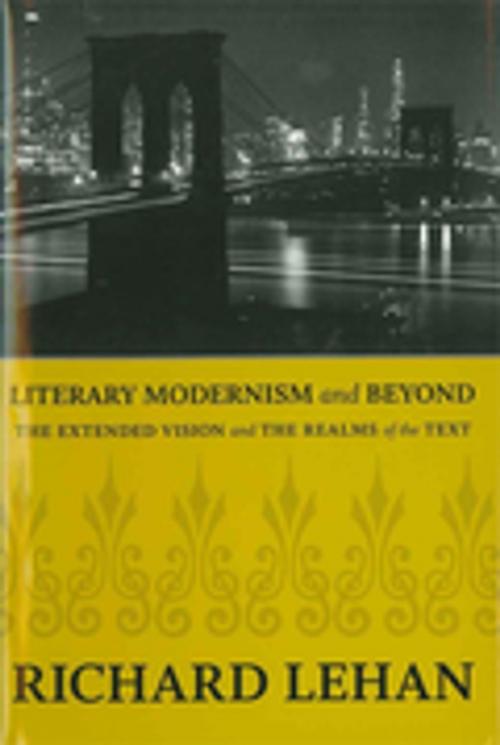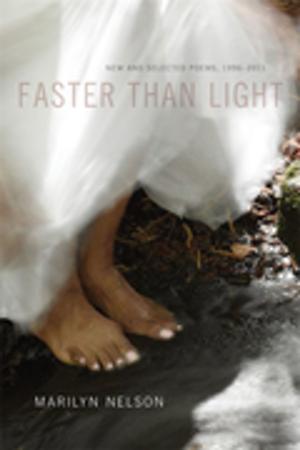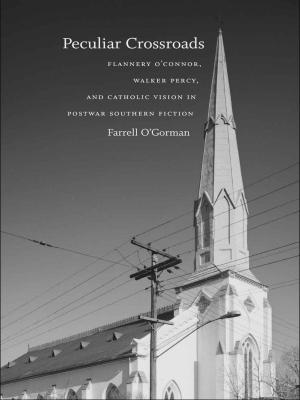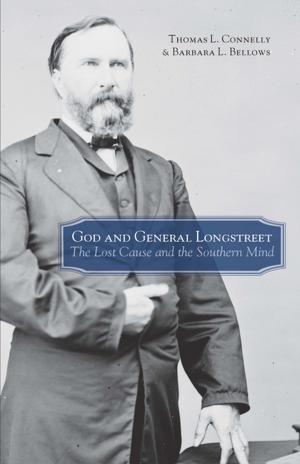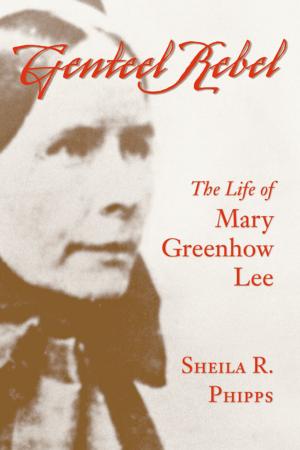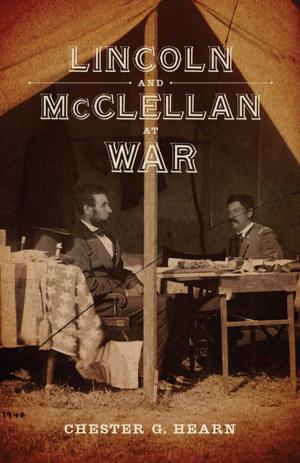Literary Modernism and Beyond
The Extended Vision and the Realms of the Text
Fiction & Literature, Literary Theory & Criticism, American| Author: | Richard Lehan | ISBN: | 9780807143896 |
| Publisher: | LSU Press | Publication: | January 9, 2012 |
| Imprint: | LSU Press | Language: | English |
| Author: | Richard Lehan |
| ISBN: | 9780807143896 |
| Publisher: | LSU Press |
| Publication: | January 9, 2012 |
| Imprint: | LSU Press |
| Language: | English |
Early modernists turned to theories of consciousness and aestheticism to combat what they saw as the hostility of naturalism and to find new ways of thinking about reality. This consciousness took various forms, including a Jamesian sense of moral ambiguity, Proustian time spots, and B ergsonian intuition, but the Nietzschean theory that reality depends on perception connected them all. This modernist movement reached a distinguished level of achievement with novelists Thomas Mann, Marcel Proust, and James Joyce, but a succession of counterinfluences transformed it after World War II, when elitism and a desire for a homogeneous culture gave way to diversity and elements of mass culture. In Literary Modernism and Beyond, Richard Lehan tracks the evolution of the movement from its emergence in the late nineteenth century to its recent incarnations.
In this wide-ranging study, Lehan demonstrates how and why the "originary vision" of modernism changed radically after it gained prominence. With critical discussions on a wide variety of major modernist writers, intellectuals, and artists and their works -- including Virginia Woolf, Gertrude Stein, T. S. Eliot, Wallace Stevens, Andre Gide, Franz Kafka, Zora Neale Hurston, Ian Fleming, and J. K. Rowling -- Lehan examines the large-scale changes that came as critical authority moved from one generation to another. Both popular culture and literary criticism -- especially "critical theory" -- acted as key agents of change, and structuralism, poststructuralism, and concerns with gender and race also greatly influenced the movement. Along with a process of decline and a nihilism that emerged from the modernist movement, these changes created a new literary reality and with it a new textuality.
Literary Modernism and Beyond treats modernism's major innovations of myth, symbol, and structure not as individual pieces but as interrelated contributions to a historical process, the product of three generations of transformations. Lehan's analysis provides a more complete understanding than ever before of the movement itself.
Early modernists turned to theories of consciousness and aestheticism to combat what they saw as the hostility of naturalism and to find new ways of thinking about reality. This consciousness took various forms, including a Jamesian sense of moral ambiguity, Proustian time spots, and B ergsonian intuition, but the Nietzschean theory that reality depends on perception connected them all. This modernist movement reached a distinguished level of achievement with novelists Thomas Mann, Marcel Proust, and James Joyce, but a succession of counterinfluences transformed it after World War II, when elitism and a desire for a homogeneous culture gave way to diversity and elements of mass culture. In Literary Modernism and Beyond, Richard Lehan tracks the evolution of the movement from its emergence in the late nineteenth century to its recent incarnations.
In this wide-ranging study, Lehan demonstrates how and why the "originary vision" of modernism changed radically after it gained prominence. With critical discussions on a wide variety of major modernist writers, intellectuals, and artists and their works -- including Virginia Woolf, Gertrude Stein, T. S. Eliot, Wallace Stevens, Andre Gide, Franz Kafka, Zora Neale Hurston, Ian Fleming, and J. K. Rowling -- Lehan examines the large-scale changes that came as critical authority moved from one generation to another. Both popular culture and literary criticism -- especially "critical theory" -- acted as key agents of change, and structuralism, poststructuralism, and concerns with gender and race also greatly influenced the movement. Along with a process of decline and a nihilism that emerged from the modernist movement, these changes created a new literary reality and with it a new textuality.
Literary Modernism and Beyond treats modernism's major innovations of myth, symbol, and structure not as individual pieces but as interrelated contributions to a historical process, the product of three generations of transformations. Lehan's analysis provides a more complete understanding than ever before of the movement itself.
